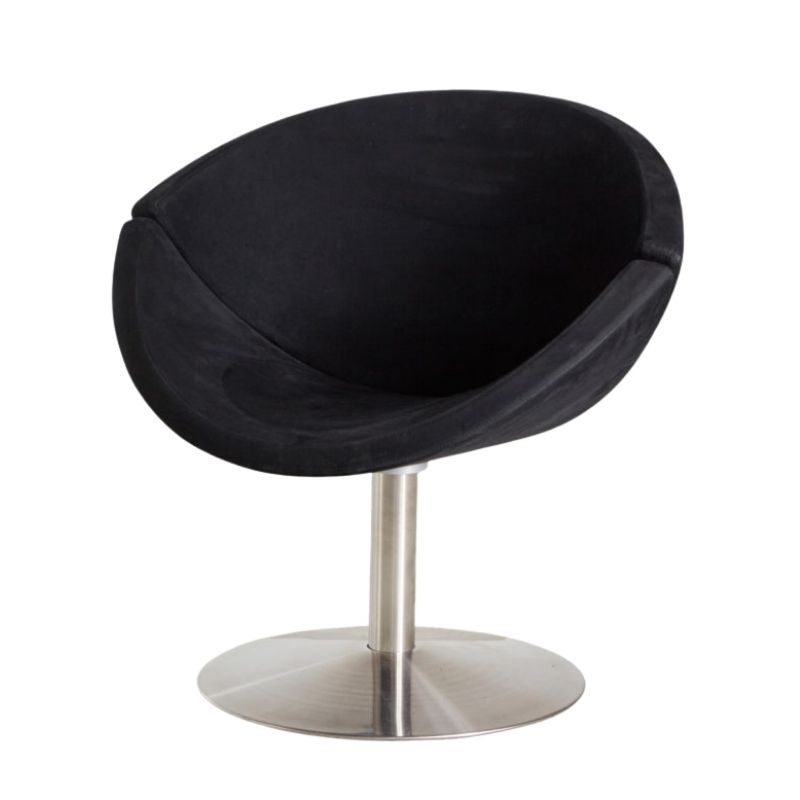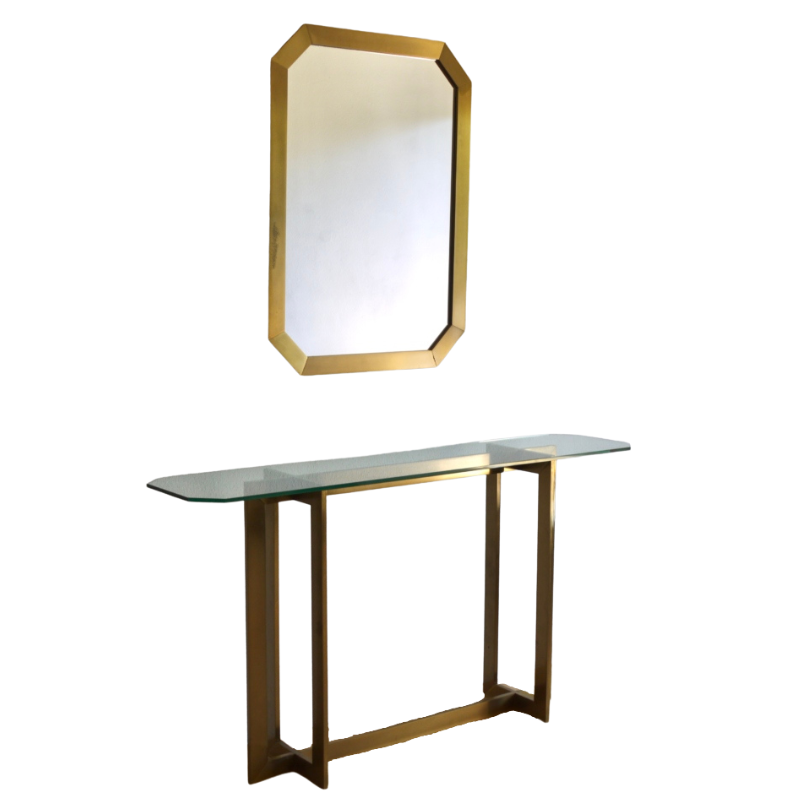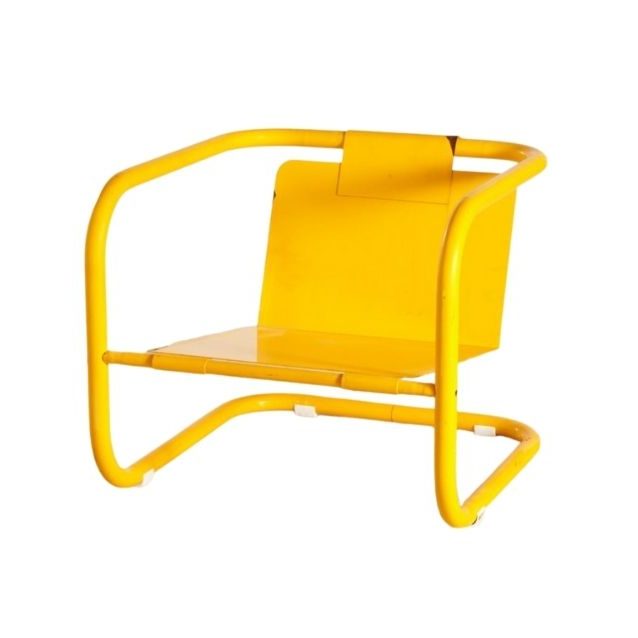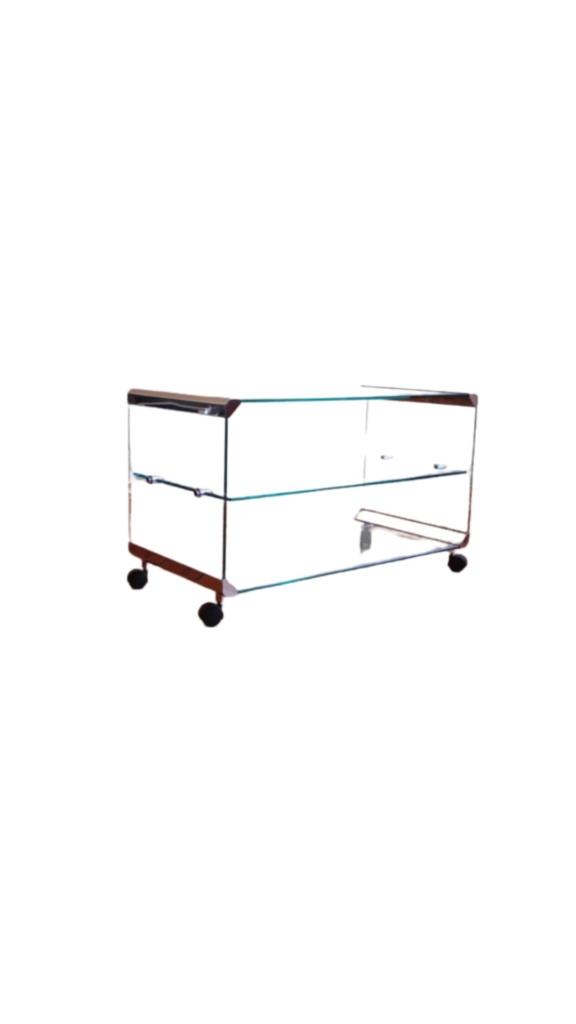Hey all,
I'm thrilled to have acquired this chair. The bones are solid. It came with an ottoman in mint condition and both are stamped. And the original upholstery is in great shape with the exception of the following:
- the piping around the armrest/bear paws has come loose and has somewhat worn away on one and is starting to wear on the other
- there is some staining under the ends of the armrests/bear paws - which I'm assuming can be cleaned professionally (along with the rest of the chair upholstery)
- the seat cushion foam is not completely gone or crunchy...but the foam must have had small indents/divets ...and it is becoming loose. I think this foam will need to be replaced.
So...I'd really like to maintain the original upholstery. I quite like the colour and the originality. Any thoughts on the above repairs - specifically the piping? Can this be replaced? Any idea what kind of fabric this is - colour and brand (I've taken a couple close up pics?)
Again...many thanks in advance for any advice you all may have.
Thanks! <img class="wpforo-default-image
<img class="wpforo-default-image
Piping: The paws lift up. There are two dowels going down into dry sockets underneath them. And the dowels are wrapped in muslin, to make the fit extra tight. They might seem firmly attached, and might require a little leverage with a flat head screw driver, but they will lift and wiggle right up. Then the pipping is simply nailed on underneath them. So, if you can find a matching fabric, and you are okay with an extra seam in the piping, you could replace the piping there.
Seat Foam:
The seat has custom molded latex foam immediately underneath the fabric, and latex foam only really exists in one density, so it is molded with larger or smaller holes through it to modify the perceived density. These are the divots that you are feeling. The cushion is hand stitched together, so it can be opened up and the foam could be replaced. But someone will have to carve the foam to the correct shape, which is a bit tricky, but not impossible.
Fabric:
This looks a lot like the fabric that was on my grandfather's chair. It is a twill weave (like denim) wool upholstery fabric. I spent a lot of time looking at fabric for my chair, and never did find a thick wool twill like this.
You could potentially have a new seat cushion made in a contrasting fabric, and use the original stuff there for the piping? I don't know how much you need... maybe there is some like on the underside that you could salvage?
I can't say enough good things about Folex for cleaning, but you probably want to consult a professional or at least test on a small spot first. Nice chair.
Photos are worth a thousand words:
http://www.designaddict.com/forum/General-discussion/Grand-Papa-Bear-Reu...
Also, note the piping is NOT cut on the bias. Just about every upholsterer is going to be very surprised at this, but it is so. (This is part of the reason the piping around the paws looks like it does on yours).
Also, the idea of making a contrasting seat cushion, and salvaging that cloth is excellent.. Many catalogs showed Wegner's Papa Bear done this way.
I second the amazing awesomeness of Folex. You should try and get the chair cleaned before you decide what you are doing with it. In other words, if it does not clean, that might affect your decision about what to do.
Well,
My foolish thoughts. New textile covering the seat cushion will make the existing textile look tired. And any repair from borrowing textile from the under-cushion or possible back of chair? will only make your eyeballs look at that repaired part of the chair for as long as you own it. Plus it would be expensive surgery for a temporary fix. Consider enjoying the chair just like it is (after a gentle Folex bath, natch). It looks "well loved", yes, but it looks good to me. Get a few more miles out of the current cloth, then re-do the entire set correctly. Patina doesn't come in a can. But I'm usually wrong.
Best,
Aunt Mark
A couple of thoughts on cleaning wool upholstery:
Wool is animal protein. While relatively durable, it is sensitive to PH. I know nothing of Folex, but it might be worth investigation. Textile conservators often use Orvus WA paste. The technique is to make a mild solution with cold, distilled water, agitate to make suds, apply to a workable area and pat repeatedly pressing straight down (rather than a lateral or scrubbing motion) with moistened clean white cotton terry. Repeat as necessary changing cloths when they become soiled, rinse well with clean cloths saturated with distilled water, blot as dry as possible with dry cloths (again, no rubbing!), and then allow to air-dry without heat. Sometimes a fan helps here. The idea is to avoid abrading surface fibers of the fabric.
That is a fantastic chair and I both applaud and admire your desire to keep it as original as is practical.
Edit: "Orvus", not "Orvis". Sorry, somebody's fishing fly got into the ointment.
All of the above, especially Mark's suggestion of taking fabric from the underside of the seat cushion only. Your upholsterer can even just take it from the center of the cushion only so that there's a border of the wool on the underside in case a little of it shows on the curve.
The curved shape of the cushion doesn't have to be carved, though you can do it that way. But it's messy and laborious. All you have to do is cut a V-channel into the sides of the foam pad after cutting it to shape. Use a new safety razor blade to do this and try not to compress the foam as you cut. Then just spray adhesive into the V channel, let set up for the recommended time (5-10 mins?) and press the edges of the V together. Bing! Perfectly rounded edge every time. You can adjust the radius of the curve by changing the angle, and therefore the depth, of the V cut. (I'm saying "you" but any upholsterer can do this, of course, if you'd rather not.)
Oh, almost forgot--if you decide to use fabric from the seat cushion to repair the welt, have your upholsterer trim away the welt cord where the seams are so that the bulky seam allowances don't make the welt thicker at that point. If done just right, the seam will be way less noticeable.
Wow. Thanks everyone for your insightful recommendations, etc. Definitely lots to think about and/or share with the upholsterer I choose. This is something I definitely don't feel comfortable taking on myself.
Leif - I really enjoyed reading the thread you posted on how you brought your grandfather's chair back to life. Great read and great photos. Impressive. Thanks for sharing.
Again - I can't thank you all enough for your help.
Cheers!
If you need any help, please contact us at – info@designaddict.com









